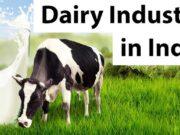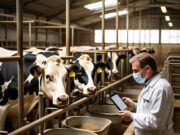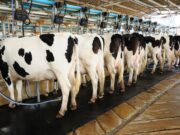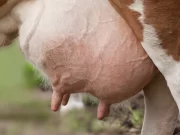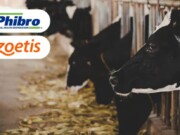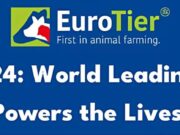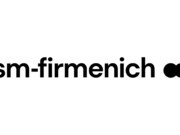
Neelam Kumari
Assistant Professor at Mahatma Gandhi Veterinary College Bharatpur Rajasthan
Precision animal nutrition is defined as providing the animal with feed that precisely meets its nutritional requirements for optimum productivity efficiency to produce better quality animal products (milk, meat and eggs) and to contribute cleaner environment and thereby ensure profitability. A cleaner environment means reducing the enteric methane emission, excretion of nitrogen (ammonia), phosphorus and other compounds into the environment. It is aimed at supplying nutrients to the animals matching their requirement to improve not only the animal physiology and health but also the enrichment of their products for the well-being of the consumer (Reddy and Krishna, 2009). This approach aims to improve efficiency, reduce waste, enhance animal performance and minimize environmental impact. Precision feeding often involves the use of advanced technologies, data analytics and management practices.
Key aspects of precision feeding in animals

Nutrient Requirements
Determine the specific nutrient requirements of different groups of animals based on factors such as age, weight, growth stage, production purpose (e.g., milk production, meat production), and reproductive status.
Feed Formulation
Develop customized feed formulations that precisely match the nutrient requirements of the animals being fed.
Utilize software and modeling tools to optimize feed formulations.
Precision Feeding Technologies
Employ technologies such as automated feeding systems, precision feeding equipment, and sensors to measure and control feed intake.
Use electronic identification systems to monitor individual animals and adjust feeding programs accordingly.
Real-Time Monitoring
Implement real-time monitoring systems to track animal performance, health status and feed intake.
Use data analytics to make informed decisions about feed adjustments.
Precision Feeding for Special Groups
Tailor feeding programs for specific groups, such as high-producing dairy cows, growing animals, or animals with special dietary needs.
Consider the nutritional requirements of pregnant and lactating animals separately.
Precision Feeding for Environmental Impact
Develop feeding strategies that minimize the environmental impact of animal production, such as reducing nutrient excretion and greenhouse gas emissions.
Optimize nutrient utilization to minimize waste and improve efficiency.
Feed Efficiency

Focus on improving feed efficiency by matching nutrient supply to the animal’s physiological requirements.
Monitor and manage feed conversion ratios to ensure optimal utilization of feed resources.
Health Management
Consider the impact of nutrition on animal health and disease resistance.
Implement precision feeding as part of an overall health management program.
Economic Considerations
Evaluate the economic aspects of precision feeding, considering the cost-effectiveness of feed formulations and the potential for improved production efficiency.
Training and Record-Keeping

Train personnel on precision feeding practices and technologies.
Maintain accurate records of individual animal performance, feed consumption and health parameters.
Precision feeding is an evolving field that integrates technology and scientific knowledge to optimize animal nutrition and production. By implementing precision feeding practices, farmers and producers can enhance the overall efficiency, sustainability and profitability of their livestock operations.
References
Reddy, D. V., and Krishna, N. (2009). Precision animal nutrition: A tool for economic and eco-friendly animal production in ruminants. Livestock research for rural development, 21(3), 36.
